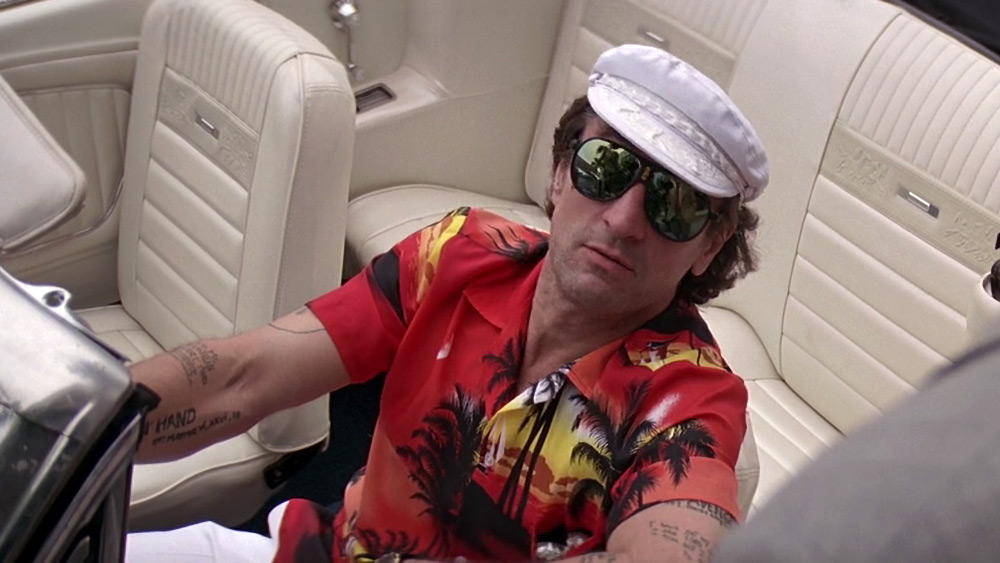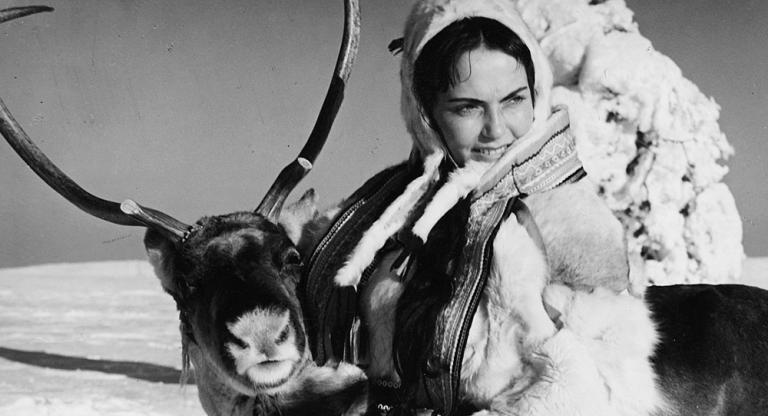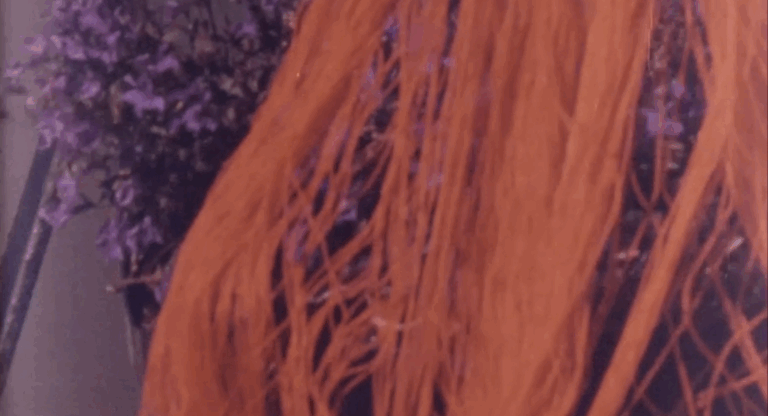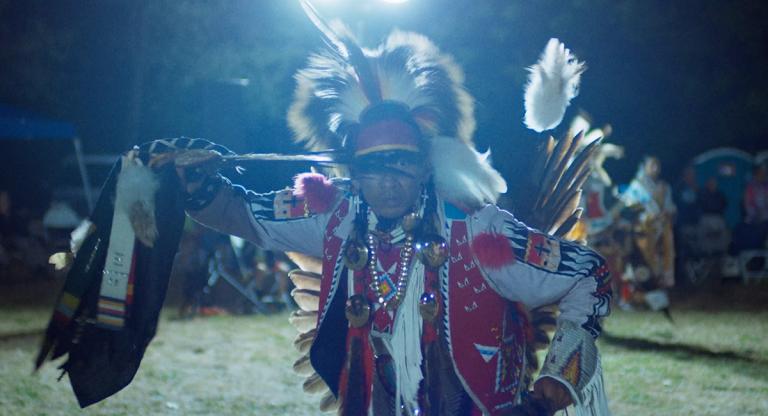Mere minutes into Martin Scorsese’s 1991 remake of J. Lee Thompson’s Cape Fear (1962), we are thrust into a movie theater playing Problem Child (1990). John Ritter bursts through a broken bedroom door bellowing “Here’s daddy!” while the protagonists and antagonist of Cape Fear watch. Scorsese quickly establishes that his expensive thriller is in conversation with its source material—both Thompson’s film and John D. MacDonald’s original novel The Executioners—as well as movies in general. The Ritter clip clearly nods to Stanley Kubrick’s adaptation of Stephen King’s The Shining, another famed novel turned film; plus, both Problem Child and The Shining feature nuclear families contending with evil forces. That Scorsese starts his reimagining of Cape Fear with Robert DeNiro’s Max Cady blowing cigar smoke and loudly guffawing at Ritter’s meltdown while seated in a movie theater doesn’t just emphasize his lack of social mores, but sets up what kind of movie Scorsese has made.
Scorsese wasn’t a reliably bankable name in the 1980s, even though several studios regularly backed his passion projects. Raging Bull (1980), as unanimously acclaimed a film as Scorsese had released thus far, only turned a paltry profit of around $2 million for MGM; The King of Comedy (1982) was a box office bomb; After Hours did not fare much better than Raging Bull; and The Last Temptation of Christ (1988) was banned by certain theater chains in the U.S. With the exception of The Color of Money (1986), Scorsese didn’t have a track record as a hit-maker in the ’80s. But then came Goodfellas (1990), earning nearly double its budget back theatrically and earning six Oscar nominations in the process. The only way to follow that up: a big-budget remake of a ‘60s staple.
Scorsese’s Cape Fear isn’t much of a departure from the 1962 version. In his film, a Southern lawyer (Nick Nolte) and his family (his wife, played by Jessica Lange and his teenage daughter, played by Juliette Lewis) are terrorized by Max Cady, a recently released ex-con who seeks revenge for a badly handled legal defense. And while the plot is quite similar between both versions, Scorsese’s approach couldn’t be more different from Thompson’s. Where the latter’s film is a decidedly monochromatic, borderline film noir, Scorsese’s film is a colorful, widescreen horror show that puts its budget on display. For cinephiles in 1991, or anyone with a vested interest in Hollywood programmers of the 1960s, the marquee cast—Nolte, Lange, DeNiro—was likely less interesting than Cape Fear’s supporting cast, which included the leads from the original: Gregory Peck and Robert Mitchum. There’s a casual reverence placed on these actors being in the film, the type of “for fans only” appeal that became normalized over the following decade with the films of Quentin Tarantino; here, it is less of a stunt and more of an attempt at sincere homage that feels as inherent a part of Scorsese’s film’s DNA as DeNiro’s nearly cartoonish Southern drawl.
Equal parts domestic thriller, Southern gothic trash, legal drama and, particularly in its climax, slasher film, Cape Fear is a bombastic flex from a filmmaker who had the ability to do anything following the success of Goodfellas. Cape Fear is arguably Scorsese’s most pointed love letter to the movies. It’s a film that celebrates the B-movie by being just that. That it was nominated for two Oscars feels like a happy accident.
Cape Fear screens tomorrow, June 5, and on June 10 and 12, at Metrograph as part of the series “Freddie Francis, Cameraman.”



